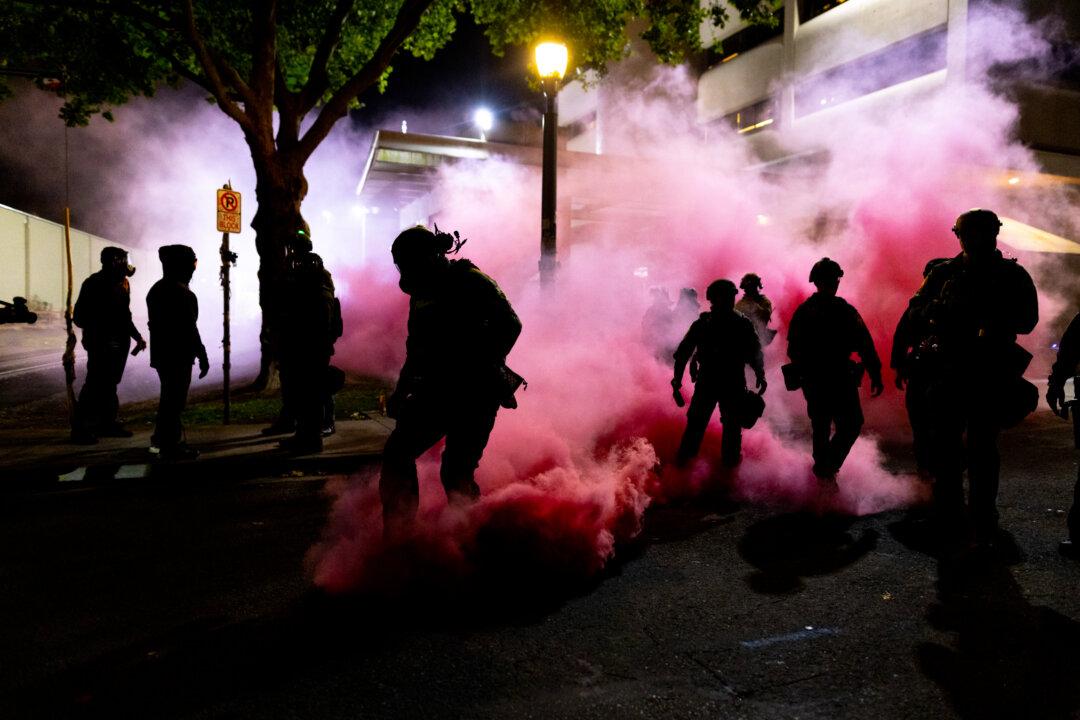STANTON, Calif.—As a man prepared to stop his vehicle at a red light with dozens of other cars, a woman in her early 20s quickly crossed the street clad in brightly-colored, revealing clothing.
“This was the same area I found them last time about a week ago,” Raymond, a pseudonym, told The Epoch Times.




